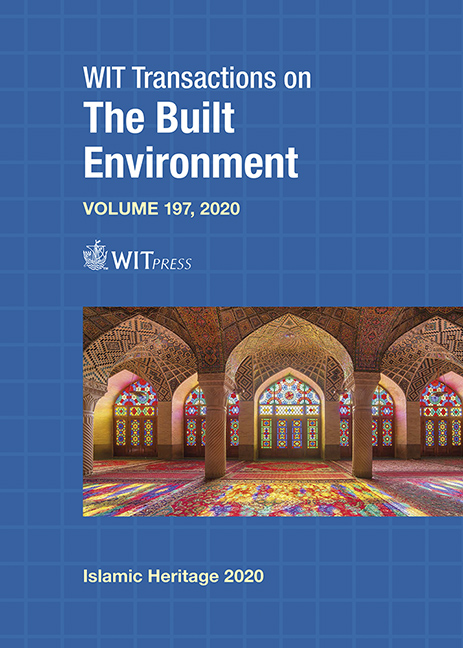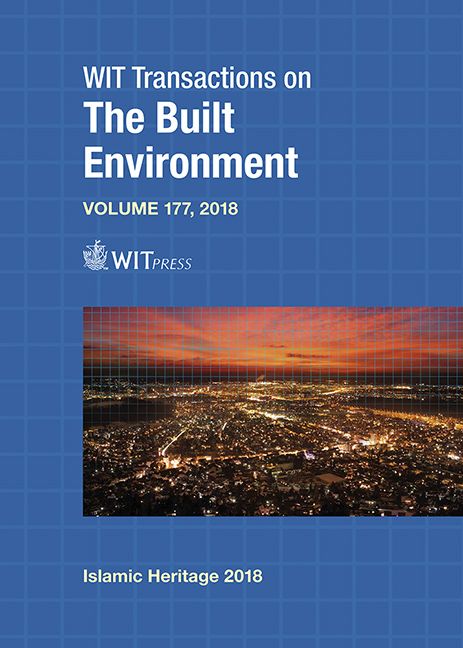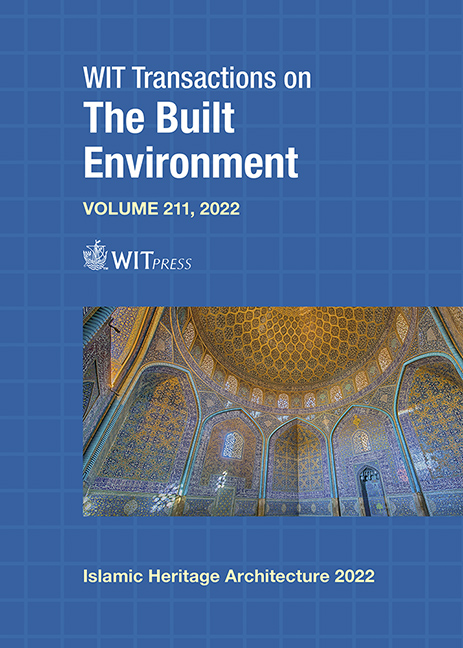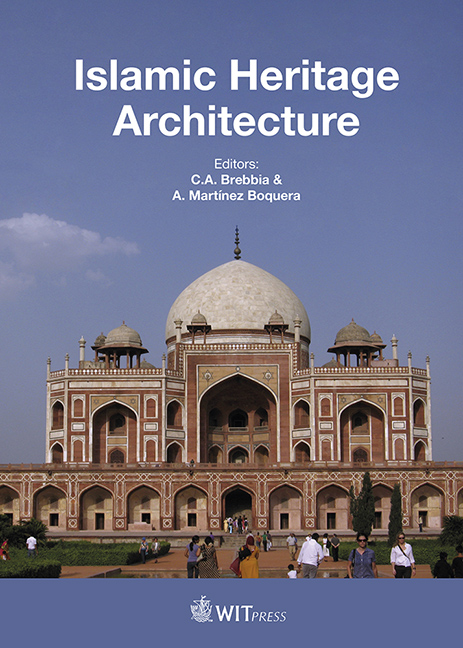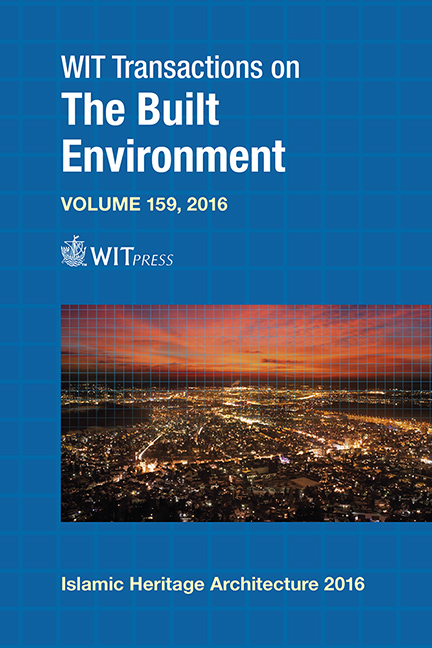Islamic Heritage Architecture and Art III
Edited By: J. Casares, University of Santiago de Compostela, Spain; S. Dominguez Amarillo, University of Seville, Spain
Price
£119.00 (free shipping)
ISBN
978-1-78466-393-3
eISBN
978-1-78466-394-0
Pages
264
Transaction Series
WIT Transactions on The Built Environment
Transaction Volume
197
Published
2020
Format
Hardback
Islamic architecture has enriched design with a wide variety of structural shapes, including among others, unique arches, a wide variety of vaults and domes which allow for new forms to be developed. The influence that these structural forms have in non-Islamic countries was one of the themes of the 3rd International Conference on Islamic Heritage Architecture and Art, at which the included papers were presented.
There is much to learn from past experiences to arrive at solutions which are environmentally sound and sustainable in the long term. As conventional energy resources become scarce, the Islamic design heritage can offer invaluable lessons on how to deal in an efficient manner with cases of hard and extreme environments.
Traditional architecture and urban environments in most Islamic countries are now being eroded by overemphasis on a global type of architecture and city planning. As a consequence, many regions are losing their identity. It will become increasingly important for new developments to take light of what the classical Islamic urban designs and architectures have to offer modern society.
An equally important aspect covered is the analysis of the materials employed and the types of structural elements, particularly those unique to Islamic architecture. Preserving this heritage requires the development of appropriate conservation techniques in response to the different materials used and the ways structural forms work, including under extreme conditions, such as earthquakes.
These papers deal with the design of many types of buildings in Islamic countries, including not only the better known public buildings like mosques, mausolea, citadels and forts, but also houses and gardens, engineering works such as bridges and dams, irrigation systems and many others which have also had a profound impact on society.

